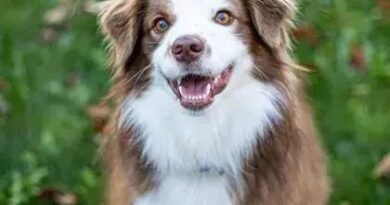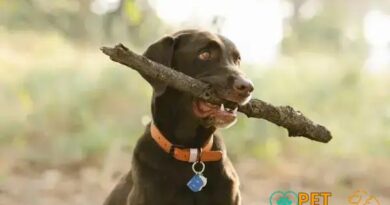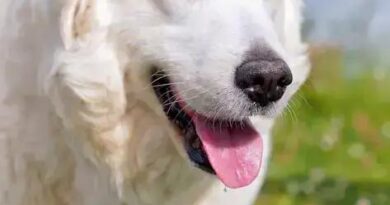What is: Alaskan Malamute
What is an Alaskan Malamute?
The Alaskan Malamute is a large and powerful dog breed originally bred for their strength and endurance. Known for their impressive size, these dogs were primarily used for hauling heavy sleds in harsh Arctic conditions. Their thick double coat, erect ears, and bushy tail are distinctive features that not only enhance their beauty but also provide insulation against cold weather. Alaskan Malamutes are often confused with Siberian Huskies, but they are larger and have a more robust build.
History of the Alaskan Malamute
The history of the Alaskan Malamute dates back thousands of years, with roots tracing back to the Mahlemut tribe of Alaska. These indigenous people relied on the breed for transportation and hunting, showcasing the Malamute’s versatility and strength. Over time, the breed has evolved, but its primary purpose as a working dog has remained intact. The Alaskan Malamute was recognized by the American Kennel Club (AKC) in 1935, solidifying its status as a beloved breed in the United States.
Physical Characteristics
Alaskan Malamutes are known for their impressive physical stature. Males typically weigh between 85 to 100 pounds, while females range from 75 to 85 pounds. Their height can vary from 23 to 25 inches at the shoulder. The breed’s coat is thick and can come in various colors, including gray, black, sable, and red, often with white markings. Their strong, muscular build allows them to excel in various activities, including sledding and weight pulling.
Temperament and Personality
Alaskan Malamutes are known for their friendly and affectionate nature. They are social dogs that thrive on companionship and enjoy being part of a family. While they are generally good with children, their size and energy levels require supervision during playtime. Malamutes are intelligent and independent, which can sometimes lead to stubborn behavior. Early training and socialization are essential to ensure they develop into well-mannered companions.
Exercise Requirements
Due to their working dog heritage, Alaskan Malamutes have high energy levels and require regular exercise to stay healthy and happy. Daily activities such as long walks, runs, or play sessions in a secure yard are crucial. Engaging them in activities like sledding, weight pulling, or agility training can also provide the mental and physical stimulation they need. Without sufficient exercise, Malamutes may become bored and exhibit destructive behaviors.
Grooming Needs
The thick double coat of the Alaskan Malamute requires regular grooming to keep it healthy and free of mats. During shedding seasons, which typically occur in spring and fall, more frequent brushing is necessary to manage loose fur. Bathing should be done as needed, but over-bathing can strip the coat of its natural oils. Regular checks of their ears, teeth, and nails are also important to maintain overall health.
Health Considerations
Like all breeds, Alaskan Malamutes are prone to certain health issues. Common concerns include hip dysplasia, elbow dysplasia, and certain genetic conditions such as hypothyroidism. Regular veterinary check-ups, a balanced diet, and maintaining a healthy weight can help mitigate these risks. Responsible breeding practices also play a crucial role in reducing the likelihood of hereditary health problems.
Living Conditions
Alaskan Malamutes thrive in environments where they have space to roam and play. They are not well-suited for apartment living due to their size and exercise needs. A home with a securely fenced yard is ideal, allowing them to explore and engage in physical activities. Additionally, they are known to be escape artists, so proper fencing is essential to keep them safe and contained.
Training and Socialization
Training an Alaskan Malamute requires patience, consistency, and positive reinforcement techniques. Early socialization is vital to help them develop good manners and adapt to various environments. Engaging them in obedience classes can be beneficial, as it provides structure and helps strengthen the bond between the dog and owner. Due to their independent nature, training sessions should be kept fun and engaging to maintain their interest.



